On the face of it, balancing equations can seem like a real chore for students. However, as any chemist can tell you, getting your reactants in the right proportions can be the difference between an impressive bang and a frustrating fizzle. Combustion reactions can show this effect at its best and the two related demonstrations below allow students to actually see how the mixing alters the outcome in real time.
A popping Pringles can
Kit
- Empty can of Pringles or similar food can with a press-on lid
- Large nail
- Hydrogen cylinder, natural gas or make your own hydrogen gas [using granulated Zn (reducing agent, dangerous for the environment) and 3.0 mol dm-3 HCl (irritant), in a conical flask fitted with a delivery tube and a few cm3 of copper sulfate solution to act as a catalyst1]
- Length of rubber tubing for gas delivery
- Splint, metre rule and a source of ignition
Preparation
Use the nail to bore two holes, 5–10 mm in diameter, into the can: one in the centre of its base and a second into the sidewall near the lid of the can. Then place the can upside-down on the bench. Have a splint and an unlit source of ignition within reach. If using hydrogen, it is best to attach the splint to a metre rule.
In front of the class
Place a finger or a piece of tape over the hole in the base of the upside-down can. Then insert the delivery tubing into the can, this can either go into the side hole or through a partially-opened lid. Flush the can with hydrogen or methane for at least one minute to ensure there is no air remaining inside. Keeping the finger or piece of tape on the can, turn off the source of gas and remove the tubing ensuring that the lid is securely closed. The gas coming out of the top hole should then be immediately lit.
The escaping gas will initially burn with a yellow flame. Over tens of seconds, this flame will shrink and become bluer as air is drawn in through the hole in the side of the can. The flame may even appear to go out but you should not approach the can; some combinations of can and hole size can take a number of minutes to work. Eventually, the gas mixture in the can will ignite causing a pop as the lid flies off. The can will jump 20–30 cm into the air.
An eggcellent demo
Kit
- Thoroughly washed egg [use ethanol (flammable) as a disinfectant]
- Nail or large needle
- A straw and a bowl
- Tripod and pipe clay triangle
- Source of hydrogen (as above)
- Length of rubber tubing for gas delivery
- Splint, metre rule and a source of ignition
Preparation
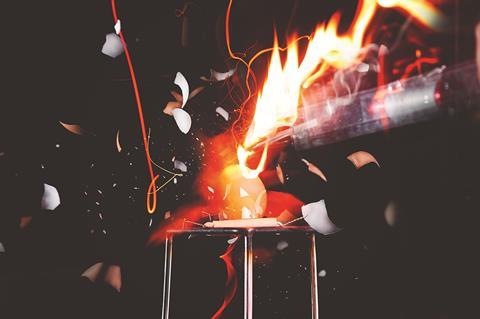
Use the nail or needle to carefully tap an approximately 3 mm hole in both ends of the egg. Stir inside the egg to break up its yolk and then use a straw to blow through the small end of the egg to remove the innards into a bowl. Rinse the egg shell with ethanol and leave it to stand on a tripod, using a pipe clay triangle for support, until dry.
In front of the class
As above, have a splint attached to a metre rule and an unlit source of ignition within reach. Cover the top hole and flush the egg thoroughly for at least one minute with either hydrogen or methane through the lower hole. Remove the rubber tubing and gas supply, and use the splint to light the top of the egg. This time when the flame backfires into the egg, there is no lid to relieve the pressure so the egg shatters with a loud pop.
Teaching goal
Initially the fuel can only burn above the hole in the can or egg where it mixes with air and undergoes incomplete combustion as the mixture is very fuel-rich. This explains the yellow flame seen at first. As the hydrogen or methane escapes and burns out of the top hole, air is drawn in to replace it through the bottom hole. For this reason, denser fuel gases such as propane or butane will not work with these demonstrations. The colour of the flame becomes bluer as it becomes more oxygen rich and shrinks towards the hole as less mixing with the air outside of the can or egg is required to achieve a flammable ratio. Eventually the mixture inside the can or egg becomes flammable and the remaining fuel is able to burn, causing the explosion.
Safety
- Wear eye protection
- Use safety screens to protect audience and demonstrator
References
- CLEAPSS usually suggest 3.0 mol dm-3 HCl or, more subtly, 2.0 mol dm-3 to begin with followed by 4.0 mol dm-3 as the reaction proceeds. This could be an interesting point of discussion with students if they have studied rates of reaction.



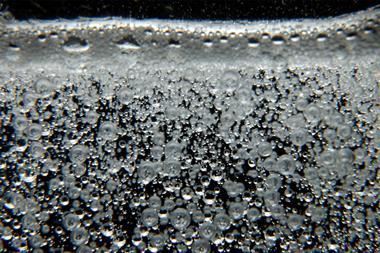
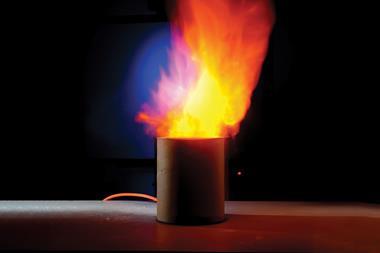





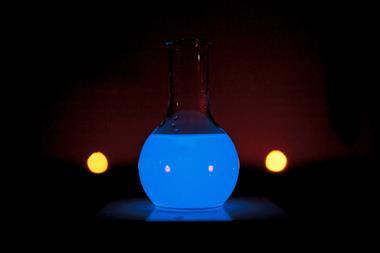
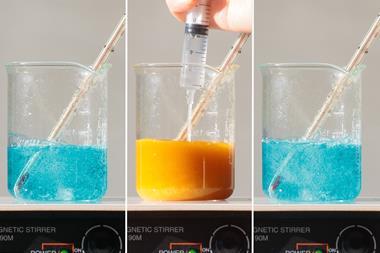

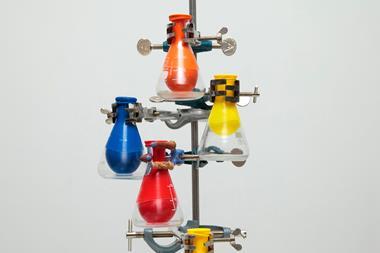






No comments yet